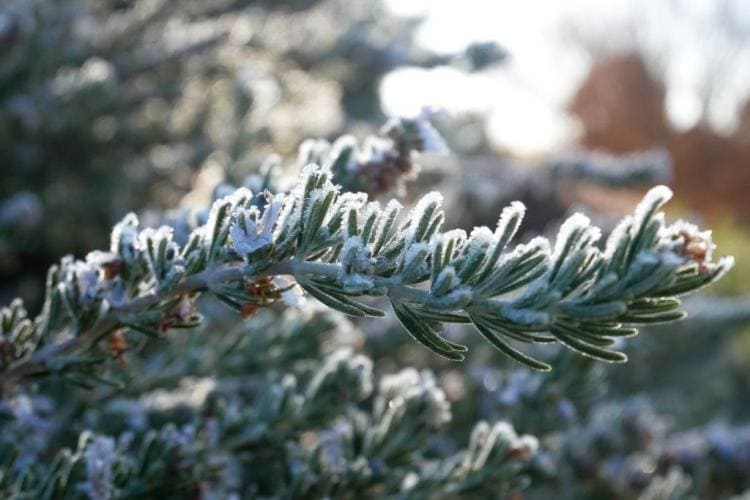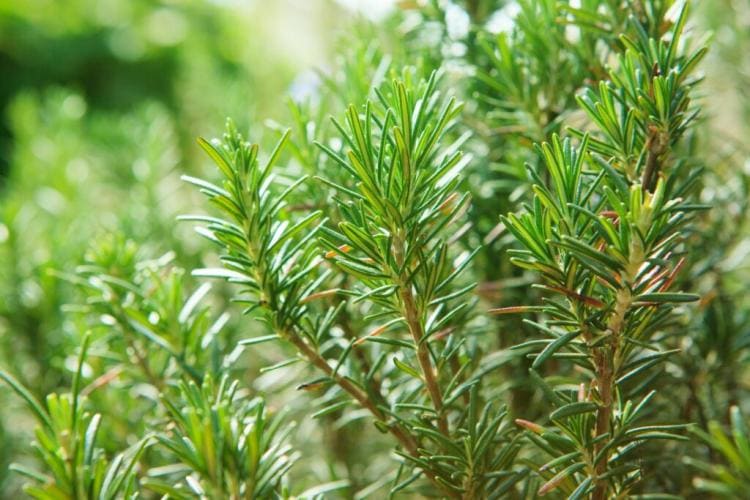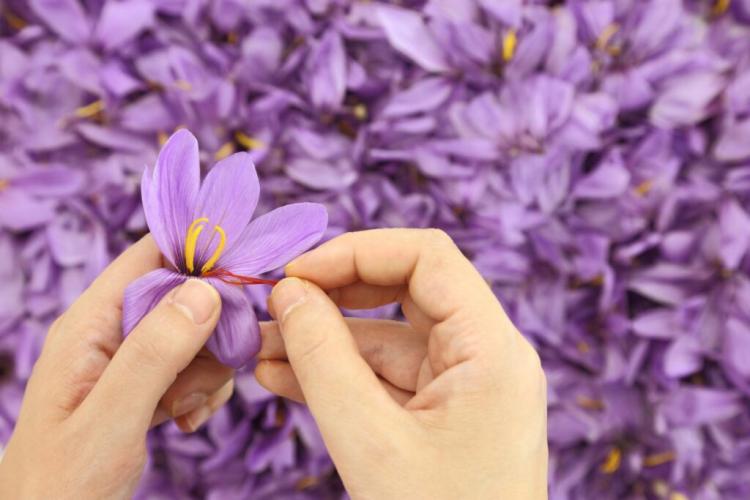Rosemary: Origin & Cultivation In The Garden & In The Pot
Rosemary is aromatic and is reminiscent of holidays. Rosemary can be grown in the garden, in pots, on the terrace or balcony. We give tips!
When it comes to rosemary ( Rosmarinus officinalis ), the so popular herb, many think of holidays and a certain Mediterranean flair. It is not surprising why many garden and balcony owners grow culinary herbs. For many centuries, rosemary has been assigned a high level of symbolism. The Egyptians ground the needles to release the scent of the essential oils. This should accompany a loved one who is deceased into the afterlife. He also plays a central role in the USA folk song “I dreamed the night” by August Zarnack.
How to grow rosemary successfully
Table of Contents
The cultivation of rosemary is not only successful in your own garden, but also on the balcony and terrace. The popular culinary herb grows quite compact as a subshrub. There are also particularly low, creeping varieties. As a Mediterranean sun child, the rosemary likes a sunny and sheltered location. The soil should not be too rich in humus, rather it should be somewhat loamy and stony. It is essential that the soil is well-drained and that the water can drain off easily. If the soil is too heavy or contains humus, the risk of root rot in the cold season is significantly higher.
It is best to obtain a finished potted plant from a specialized herb nursery. This can be planted from spring to autumn without any problems. Some suppliers offer seeds, but you need a lot of patience until the plants are big enough for a harvest. Propagation is easier with cuttings. Here you cut off the youngest possible shoots from existing plants and place them in cultivation soil. We have detailed instructions for you to propagate rosemary from cuttings.
You May Also Like How To Fertilize Rosemary
Hibernate rosemary properly
Well-drained soil that is not too humus-rich is essential, as already mentioned, as this promotes root rot. This can be a serious problem, especially in the humid winter months. If the location is very sunny even when the winter sun is low, watering must be carried out during long periods of frost. This may seem absurd at first, but the water stored in the needles evaporates due to the intense solar radiation. If the soil is also completely frozen, the roots cannot absorb any moisture. This is also one reason why rosemary should be covered with some fleece or noble rice.

Rosemary varieties
- Arp: very hardy variety with grayish needles and light blue flowers; rather grows in width; very suitable for rough areas.
- Blue Tuscan: vigorous, particularly upright, and a tall variety with very long needles.
- Blue lip: quite stocky and compact growth; well suited for cultivation on the terrace and balcony; dark blue flower.
- Boule: creeping rosemary with very good tolerance to frost; good taste and light blue flowers.
- French rosemary: traditional variety from France with light blue flowers; robust growth; fast-growing; good aroma.
- Gorizia: tall cultivar with blue-purple flowers; good flavor; must be overwintered.
- Hill Hardy: Texan selection with excellent winter hardiness; good aroma.
- Majorca Pink: Spanish variety with pink flowers; compact growth; short needles; must be overwintered.
- Rex: vigorous and robust variety; nice, dense, and uniform growth; very good adaptation to suboptimal soils; flowers light blue and profuse.
- Salem: optically very beautiful, deep blue flower; more sensitive to frost and only suitable for milder areas; alternatively, planting on a protected house wall is possible.
- Santa Barbara: also a creeping rosemary variety with very good suitability for the German climate; numerous and deep blue flowers; good aroma.
- Veitshöchheim: very strong and rapidly growing selection from the Bavarian Horticultural Research Institute in Veitshöchheim; very robust and hardy.
Harvest rosemary and store properly
It can be harvested all year round. The branches must be as fresh as possible. Because this is the only way to enjoy the full aroma. Since you only need a little of the intensely tasting rosemary, a plant in your own garden or on the balcony is worthwhile twice. Unlike many other herbs, rosemary can also be harvested in winter. Most of the time, a strong plant is sufficient for your own needs.
Rosemary can grow quite large quickly, especially in a good location. Regular pruning is important so that the plant does not become too lignified and scrubby. The question quickly arises of how best to store or preserve the clippings. Unfortunately, rosemary can only be stored in the refrigerator for about a week. You can dry rosemary in the oven at a low temperature. However, so many flavors are lost.
You might so like: Marjoram: How To Grow Spicy Aroma In The Garden
Olive oil is much more suitable. You strip the needles from the branches and chop them briefly. Then you fill the chopped needles into a bottle with a funnel and fill it with high-quality olive oil. The stripped branches can be kept as shashlik skewers, for example, and used later. You simply spear beef or lamb on you, which is not only a great way of preparing barbecue events and other invitations.
Ingredients and uses in the kitchen
Rosemary contains many essential oils that are obtained by distillation for concentrates, especially in Spain and the Balkans. Among other things, it contains monoterpenes, phenols, and ketones. However, when consumed in large quantities, rosemary is poisonous.
Rosemary is an ideal companion for Mediterranean cuisine. The herb goes very well with roasted or grilled lamb and beef. Somewhat firmer twigs can be used as a grilled skewer and give off a delicious aroma during the cooking process. Rosemary potatoes are also a real delicacy and are very popular with both young and old. To do this, cut the potatoes into slices or eighths. In a bowl, mix the potato pieces with olive oil, salt, and plenty of rosemary. The whole thing then goes into the oven for about 15-25 minutes at 200 ° C.
Diseases and pests
In the open air, rosemary is virtually free from pests and diseases. If you cultivate the plant on the balcony or in the apartment on the window sill, an infestation with aphids, mites or the whitefly can show up, especially with inferior goods. This infestation can usually be removed with soapy water. However, you should treat the plants at least 3 to 4 times. There are now some dealers on the Internet who also sell beneficial insects against these pests.
However, this only makes sense on the balcony or outdoors. After all, you don’t want beneficial insects in your own four walls. Pesticides can also be obtained from specialist retailers. However, you should not harvest the rosemary for a long enough time after use. After all, you don’t want the residues of the pesticide in your food.
You might so like:






